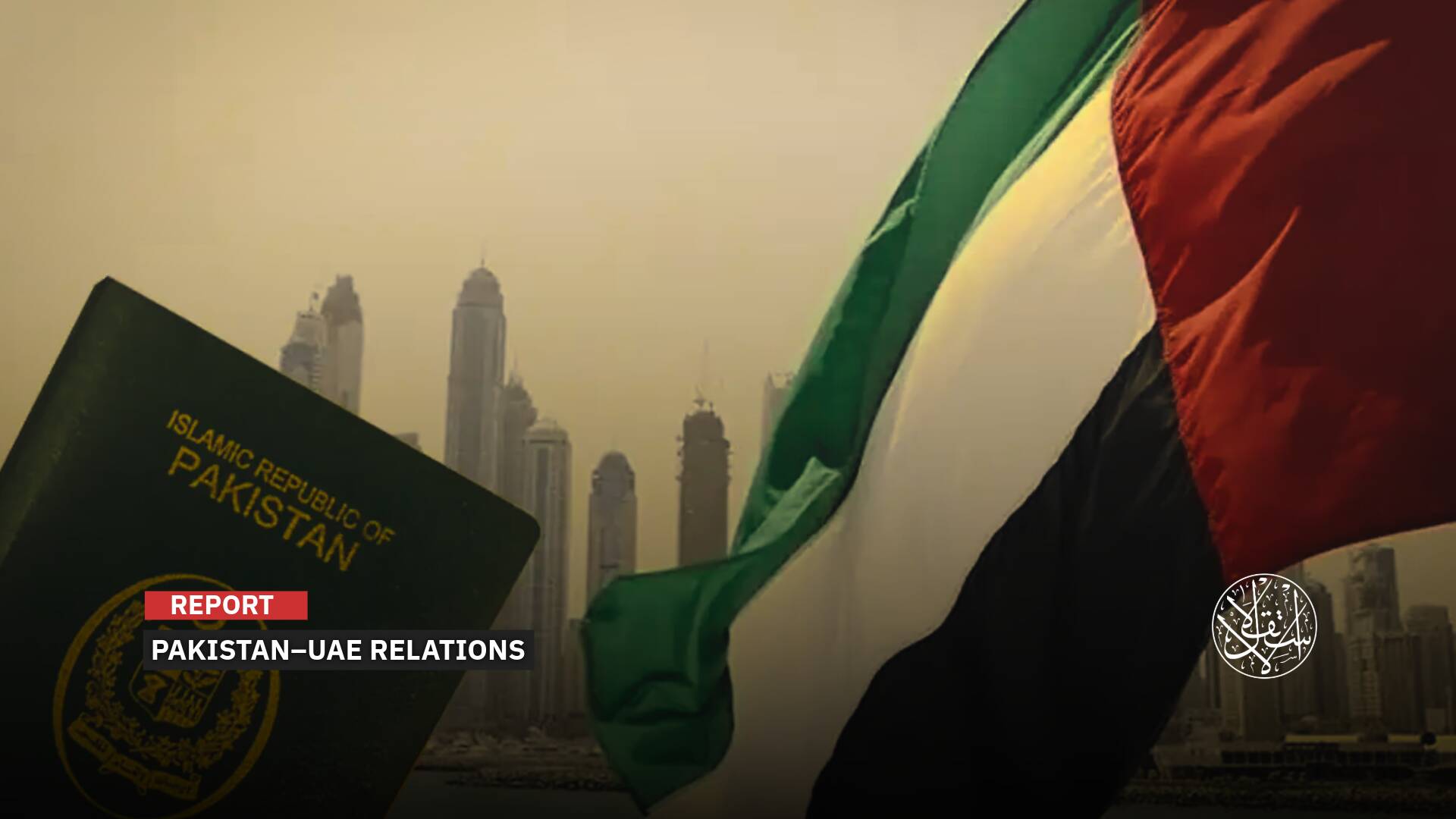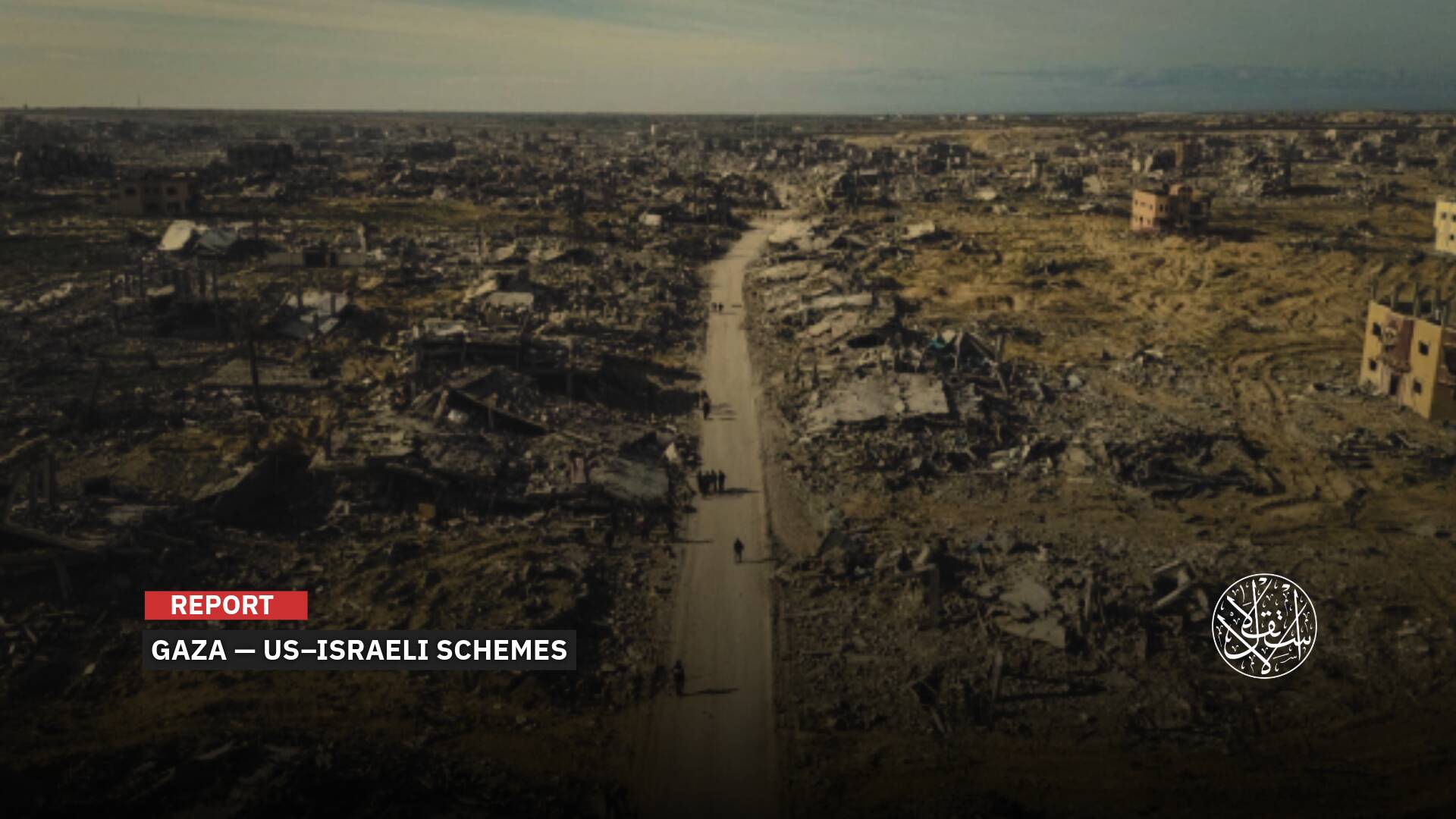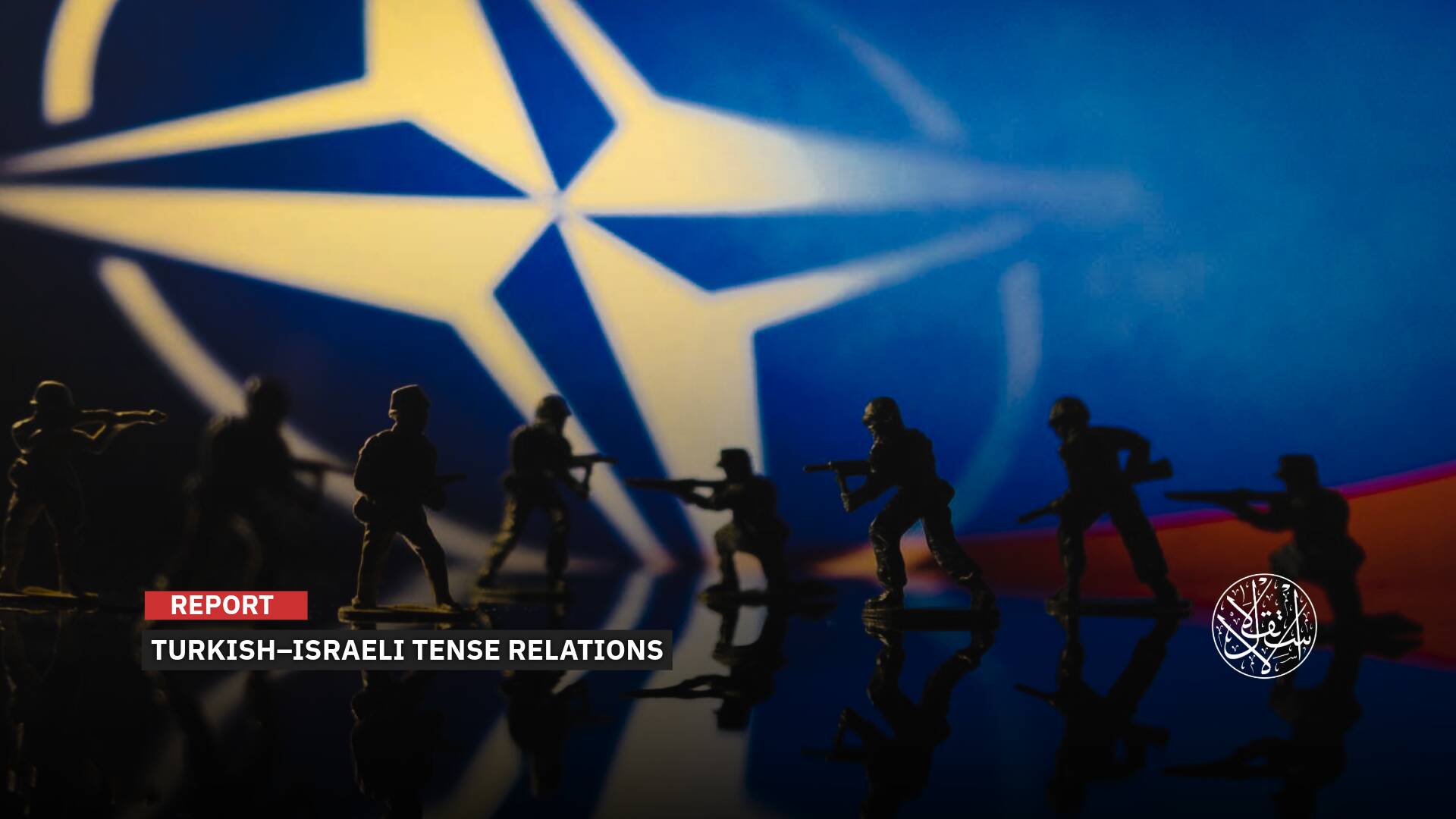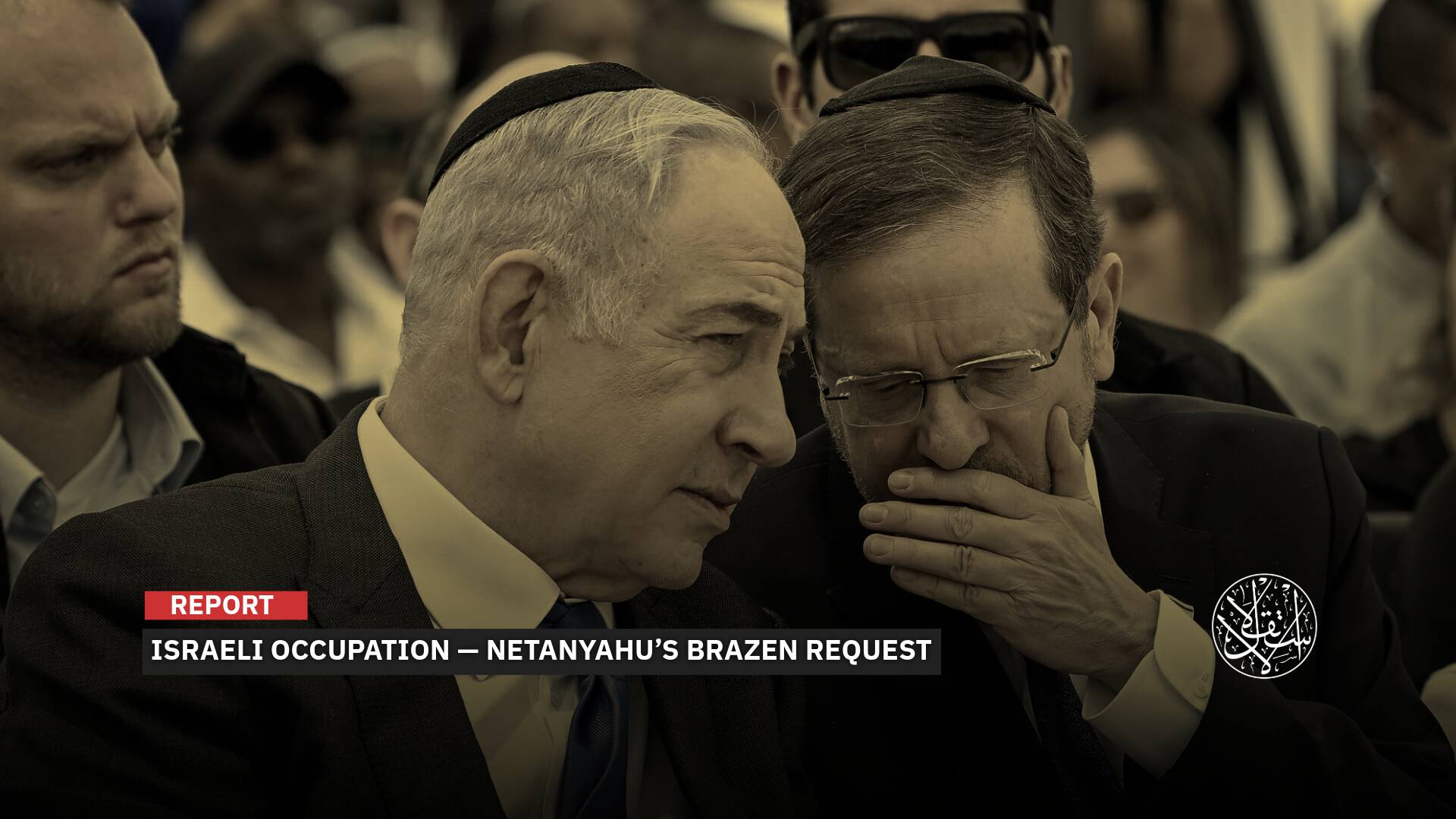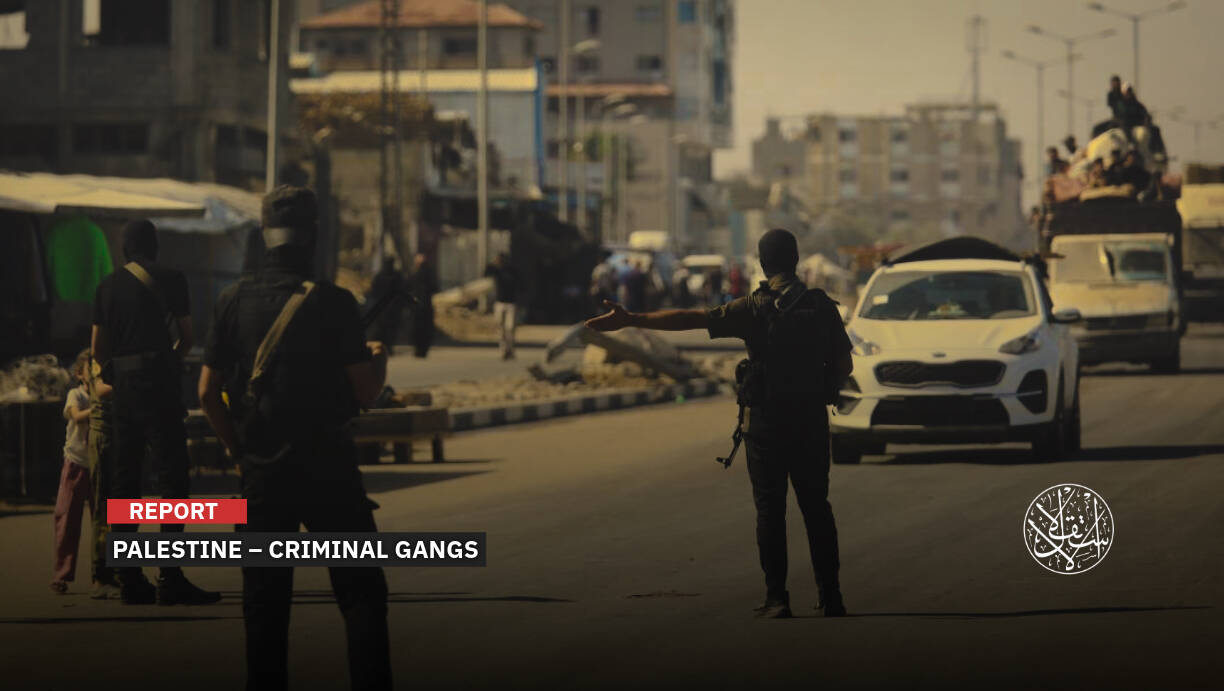Sinwar’s Longtime Ally, Tawfiq Abu Naim, Could Take the Helm of Hamas in Gaza
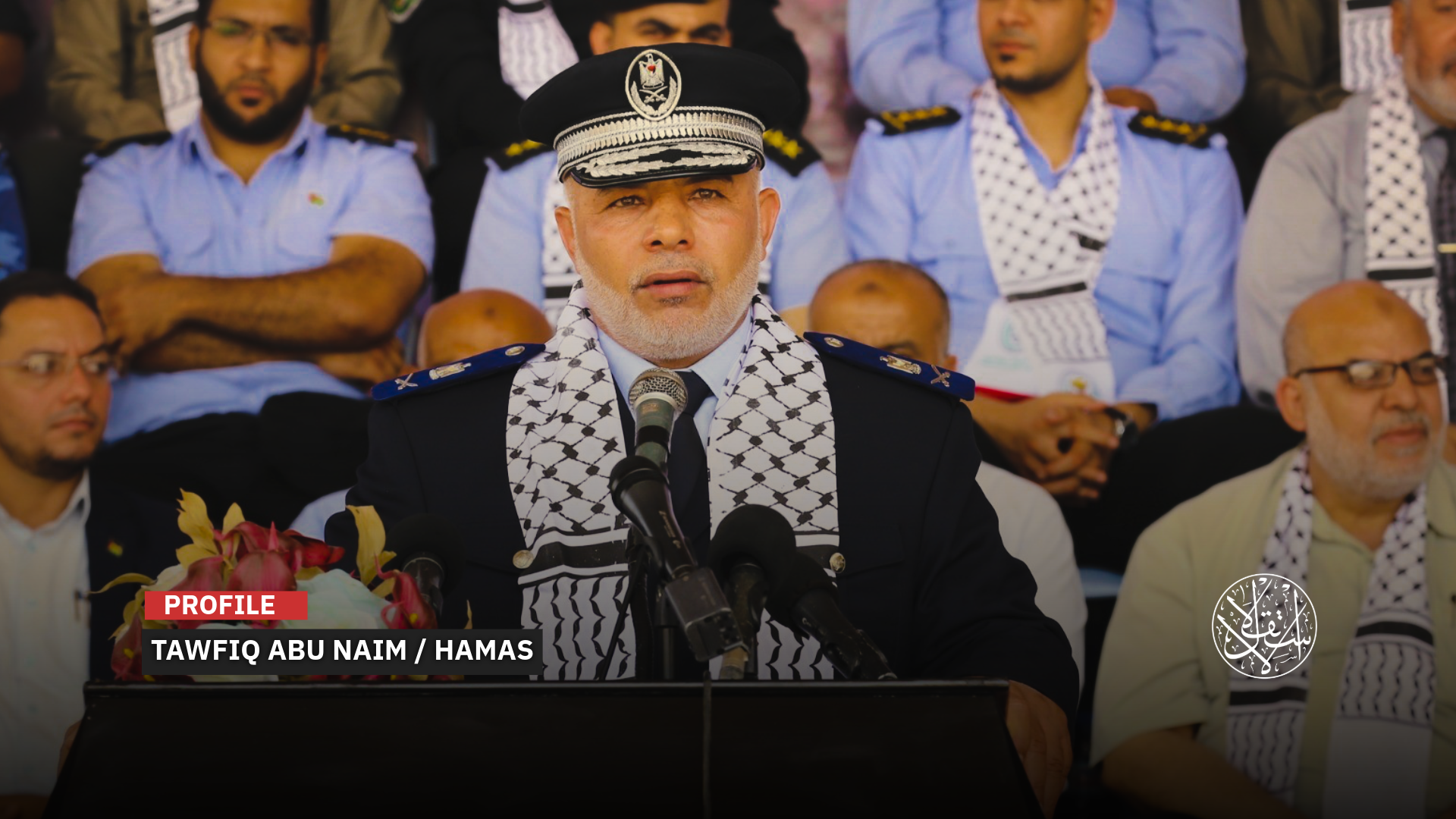
Tawfiq Abu Naim spent 22 years in Israeli Occupation prisons.
As the ceasefire took effect on October 10, 2025, questions resurfaced over who will become the next leader of the Islamic Resistance Movement (Hamas) in the Gaza Strip.
The movement is currently led by senior official Khalil al-Hayya, who took on the role from outside the enclave following the martyrdom of former Gaza Leader Yahya Sinwar.
Tawfiq Abu Naim, a veteran political and security figure, has now emerged as the leading contender to head Hamas in Gaza, especially after the Israeli Occupation’s assassination campaign between 2023 and 2025, killing many of the group’s most prominent figures.
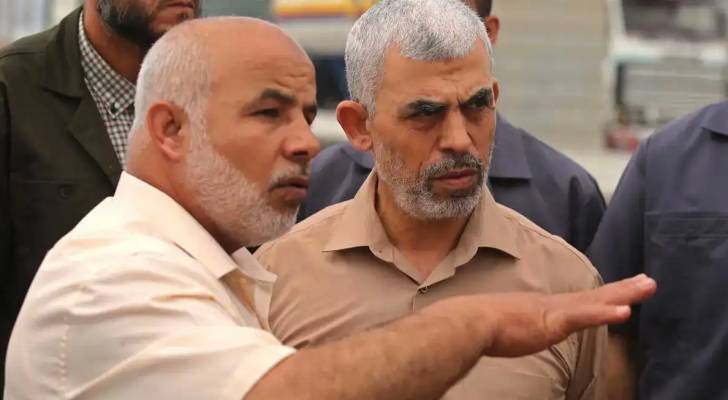
Who Is He?
Tawfiq Abdullah Suleiman Abu Naim was born in 1962 in the Bureij refugee camp in central Gaza. His family, originally from the occupied city of Beersheba, were refugees. He is married and has three sons and a daughter.
He attended UNRWA schools in Bureij for his primary education and completed high school in the nearby Nuseirat camp, graduating in 1980. Abu Naim earned a bachelor’s degree in Foundations of Religion from the Islamic University of Gaza in 1985, a master’s degree in Islamic Creed in 2013, and a PhD in the same field from al-Butana University in Sudan in 2021.
Abu Naim joined the Muslim Brotherhood in Palestine in 1983 and witnessed the founding of Hamas, maintaining a close relationship with its late founder, Sheikh Ahmed Yassin. In 1985, together with Yahya Sinwar and Rawhi Mushtaha, he established a security unit under the Brotherhood called “al-Majd,” tasked with tracking and eliminating collaborators.
Israeli Occupation forces arrested him in 1988 and again in 1989, sentencing him to life in prison for his role in forming Hamas’s military wing, the Izz al-Din al-Qassam Brigades, then known as the “Palestinian Mujahideen.” He was also accused of targeting collaborators working with “Israel” during the First Intifada in 1987.
The Israeli Occupation demolished his family home in 1989 and bombed his house three times during the wars of 2012, 2019, and 2021. Abu Naim spent 22 consecutive years in Israeli prisons before being released in 2011 as part of a prisoner exchange deal between Hamas and “Israel” that freed 1,027 Palestinian detainees in return for captured Israeli Occupation soldier Gilad Shalit.
During his imprisonment, he was a key figure in the Palestinian Prisoners Movement, serving as deputy head of the Supreme Leadership Committee of Hamas detainees and head of its legal committee between 2004 and 2011.
After his release, he headed the Waed Captives and Liberators Society and chaired the Association of Prisoners and Ex-Detainees since 2012. In 2013, he oversaw the Hamas martyrs and detainees portfolio, led the movement’s grassroots mobilization efforts, managed national relations and factional coordination, and was responsible for the Syrian refugee file in Gaza in 2014.
He later headed Hamas’s legal department between 2017 and 2021 and was active in institutional and public affairs.
In 2015, Abu Naim was appointed Director General of the Palestinian Security Forces in Gaza, later becoming Deputy Minister of Interior and National Security in 2016 and Director General of the Security Sector under the government committee between 2017 and 2021. He holds the rank of major general.
In October 2017, he survived an assassination attempt when a group described by the Interior Ministry as extremist militants detonated his car in the Nuseirat camp, leaving him with moderate injuries.
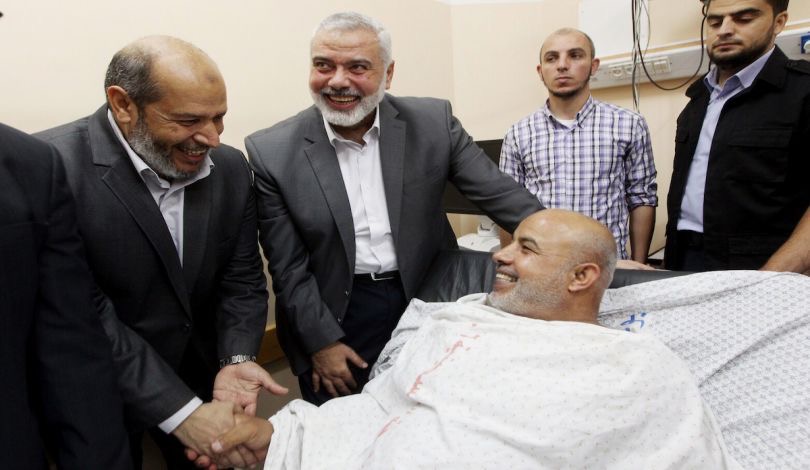
Sinwar’s Comrade
According to Israel Hayom, Hamas has been left disoriented after three prisoner exchange deals during the latest war on Gaza failed to secure the release of its most senior commanders, including Ibrahim Hamed, Hassan Salameh, Abdullah Barghouti, and Abbas al-Sayyid.
The paper noted on October 18, 2025, that these are not the only prominent figures left behind. Tawfiq Abu Naim, a disciple of Sheikh Ahmed Yassin, remains alive and could be next in line to lead the movement in Gaza.
In prison, Abu Naim became one of Hamas’s most influential leaders and mastered Hebrew, the report said. It was there that his bond with Yahya Sinwar deepened, and the two even attempted to escape together, though unsuccessfully.
What was once known as al-Majd evolved under Sinwar into a powerful and far-reaching security structure. Gaza came to be managed through the eyes of the police, internal security, and general intelligence services—all designed to detect and neutralize even the smallest Israeli intelligence infiltration.
Abu Naim was appointed to oversee these agencies about a decade ago. His role included strengthening the police, suppressing political dissent with an iron hand, and curbing groups inspired by the Islamic State.
In parallel, Abu Naim cultivated ties with senior Egyptian intelligence officials, including Ahmed Abdel Khaleq, the officer in charge of the Palestinian file. Through this coordination, new security posts were established along the Gaza-Sinai border, making it harder for Salafi militants to operate in the peninsula.
These operations, the newspaper noted, earned Abu Naim considerable credit in Cairo. He reinforced border security to prevent infiltration and smuggling attempts, emphasizing that redeploying national security forces aimed to preserve stability and safeguard Egypt’s security.
He established 30 National Security Force posts directly along the Egyptian border and another 25 behind them to ensure tight control over Gaza’s southern frontier.
The paper added that, like other senior security figures, Abu Naim has reportedly been called back into key Hamas leadership roles amid widening gaps at the top caused by assassinations and the deepening economic crisis.
It cited Mahmoud al-Zahar, now elderly, as still handling the movement’s women’s affairs, while many others have been killed or now live in exile—among them Khalil al-Hayya, who holds the nominal title of Hamas leader in Gaza despite residing abroad.
Abu Naim is expected to play a central role in shaping Gaza’s post-war political landscape, drawing on broader political experience than military commanders Izz al-Din al-Haddad and Ra’ad Sa’ad, according to the paper.
Israel Hayom predicted that he may emerge as a key power broker operating behind the scenes, even if a technocratic administrative committee is eventually formed.
It added that his deep roots in the Muslim Brotherhood mainly serve him in maintaining relations with Turkiye and Qatar, two countries aligned with the emerging Islamist bloc.
The report concluded that Hamas is now making use of the surveillance systems established under Abu Naim’s direction to track down individuals suspected of collaborating with “Israel.”
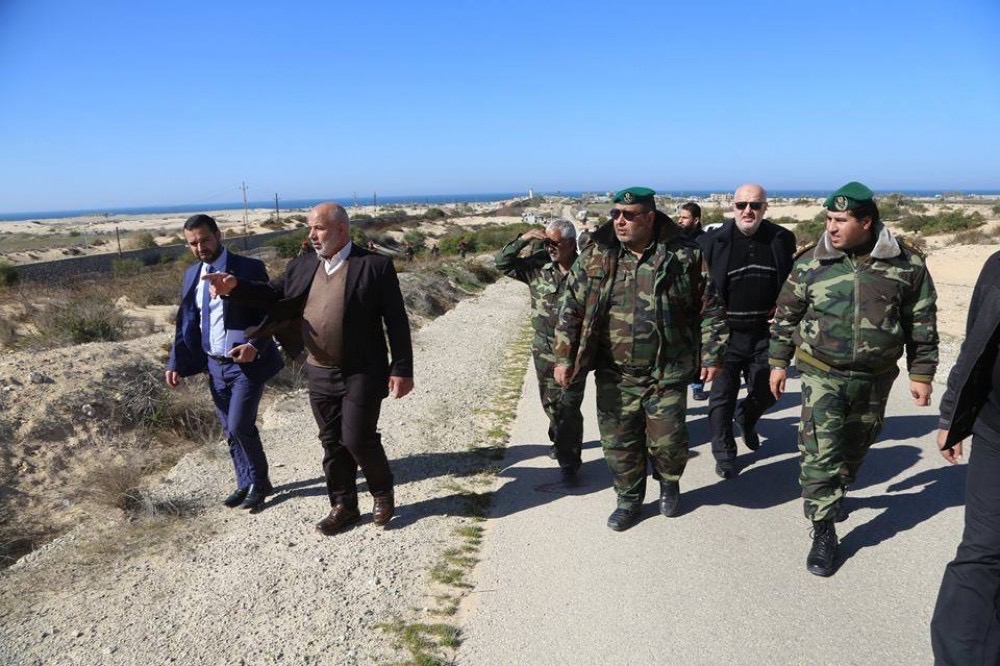
Positions and Outlook
Tawfiq Abu Naim has long viewed the 1993 Oslo “peace” accords between the Palestine Liberation Organization and the Israeli Occupation as unjust and unrepresentative of the Palestinian people’s aspirations.
In past remarks, he argued that the agreement laid the groundwork for the internal Palestinian division that plunged the national cause into a difficult path—one he believes could have been avoided by respecting the results of democratic elections. His comments referred to the 2006 legislative vote, in which Hamas won a sweeping majority before the Palestinian Authority under Mahmoud Abbas moved to overturn the outcome.
Abu Naim maintains that armed resistance remains the core of the Palestinian struggle, asserting that Palestinians cannot reclaim their rights or achieve their goals without holding onto their weapons.
He also stresses the importance of national partnership, arguing that the Palestinian cause cannot rest on one faction’s shoulders alone. For him, inclusion and mutual concessions are essential to achieving unity.
In an interview with the Filastin newspaper in March 2023, Abu Naim warned that “the coming days will be decisive,” threatening escalated protests inside Israeli prisons amid worsening conditions. “If detainees begin an open-ended hunger strike, especially during Ramadan, it will ignite a crisis inside the prisons and could lead to an explosion,” he said at the time.
According to Israel Hayom, Abu Naim hinted months before the October 7, 2023, operation that a major escalation could erupt, suggesting that tensions over the treatment of Palestinian detainees might trigger an explosion. The paper noted that he made the remarks during a rally in the Bureij refugee camp in support of detainees, months before Operation al-Aqsa Flood.
After the operation, like many senior Hamas figures, Abu Naim disappeared from public view and has not appeared in any media interviews since.
Following Israeli reports suggesting that Abu Naim could soon head Hamas in Gaza, senior Hamas official Mohammad Nazzal described him as a veteran fighter who spent years in Israeli prisons, remained steadfast throughout his detention, and proved his exceptional competence in every official position he has held since his release.
In an interview with Al-Jazeera Mubasher, Nazzal said the Israel Hayom report was “an intelligence-driven attempt to test the waters and gather information about Abu Naim, whose whereabouts have remained completely unknown since October 7.”
“The Israeli Occupation spreads such reports in hopes of provoking reactions or obtaining clues about Abu Naim. Personally, I have no idea where he is or what position he currently holds in Gaza,” he added.
“Hamas selects its leadership through internal elections, including in the Gaza Strip, and during the war, all vacant positions were filled through well-established internal mechanisms.”


